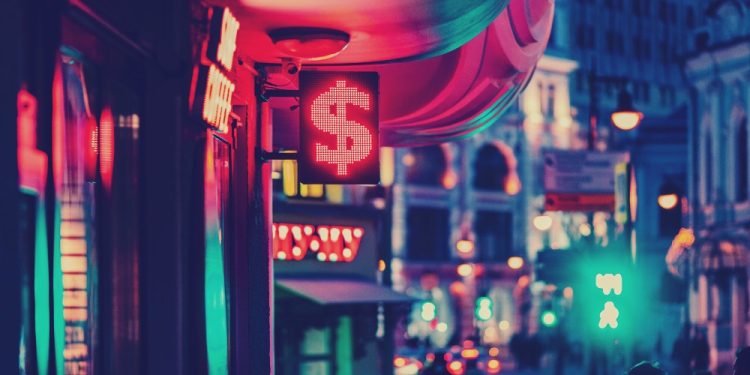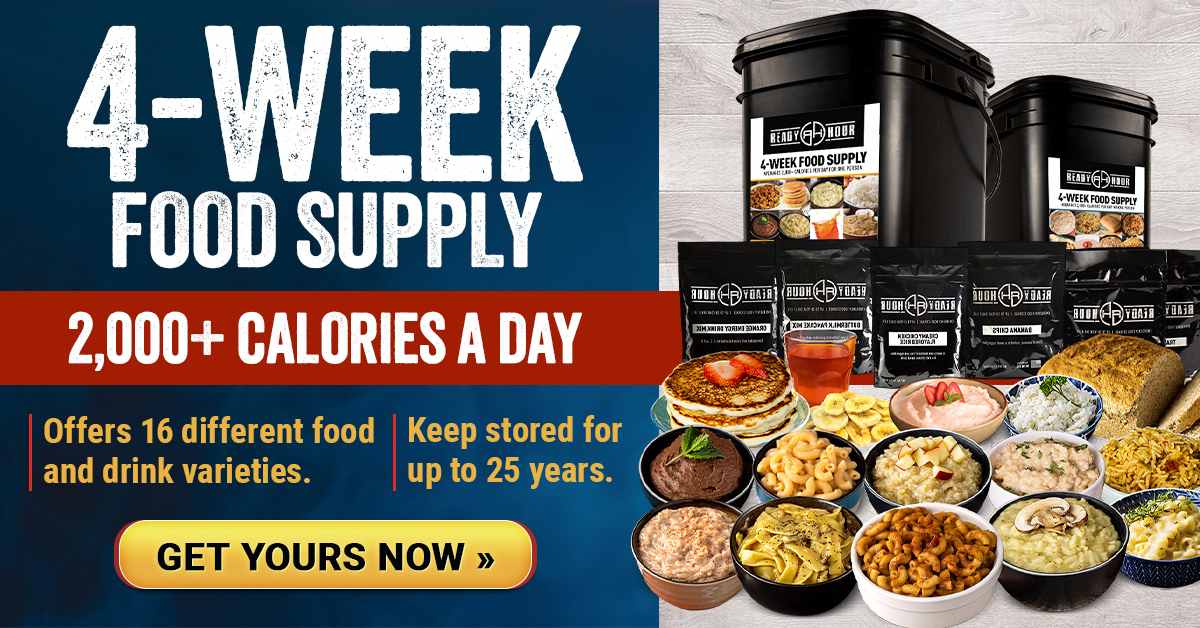The past few weeks, major countries have been moving away from the US dollar, raising doubts about the dollar’s long-dominant role in the world. Eight weeks ago, it was just pariah nations like Iran or Russia trying to de-dollarize. Now it’s Brazil, France, even Saudi Arabia—the lynchpin of the decades-long “petrodollar” arrangement.
If the dollar does lose its position as the global reserve currency, it will be catastrophic for the American economy. Catastrophic for the American people on whose backs 80 years of reserve status were built. And it will subject billions of foreigners, for whom the dollar has meant decades of being bullied, to history’s greatest bait and switch.
Dollar at Risk
In late March, Saudi Arabia announced it will price oil in Chinese yuan. Even CNN was worried, in a rare display of situational awareness, while Fox fretted about “Weimar”—hyperinflation.
The dollar has been the undisputed global reserve currency since the 1940s. Reserve currency status looks great on paper: You get to print stacks of green paper and foreigners give you cool stuff for it, like toasters, luxury cars, and copper mines. The problem is who profits—who gets paid when foreigners crave the green paper?
Unfortunately, it’s not the American people; it’s whomever’s printing money: The Fed, meaning the Treasury, to whom they hand their ill-gotten profits, and—you guessed it—Wall Street. Commercial banks.
To see why, imagine foreigners didn’t want dollars. The Fed and banks could only print a little bit since printing a lot would create inflation, and voters would toss them out.
But if foreigners want a large number of dollars, the Fed and banks can print a matching amount. It’s like a river flowing into the money supply reservoir, matched up with a river flowing out to foreigners. The reservoir stays stable, and voters don’t riot.
But notice where the profits went. That river to foreigners didn’t go to we the dollar-holders—we are the reservoir; we are unchanged. The profits went right through us to the source of the river: the US Treasury and Wall Street.
So, like the rest of our crony financial system, it’s a hustle. The American people think they’re benefitting from reserve status, but the profits were sucked out and handed to the people who designed the institutional fleecing we call a financial system.
Enter Weimar
Now, here’s the problem. What if foreigners suddenly don’t want dollars?
Maybe China’s paying them to sell oil in yuan, or maybe the Fed lost the plot and creates too much inflation.
Demand dries up, the dollar starts to lose value, and foreigners start worry their life savings and corporate treasuries are melting. They sell out of the dollar. A little at first, more and more if it accelerates.
Now that river to foreigners reverses, it flows back into the reservoir. The dollar collapses. 70 years of Fed and Wall Street money printing comes rushing back like a tsunami running up a canyon. We’re talking double-digital inflation, over multiple years, at a minimum.
If they screw this up, reserve currency status could turn out to be a trap, an absolute catastrophe for the American people.
What Are the Stages of De-dollarization?
So what happens if the dollar falls?
For starters, foreigners don’t need as many dollars. Meaning there are extra dollars nobody wants. This makes the price of the dollar fall—it gets weaker.
It’s usually slow at first, then picks up speed if it keeps going, a progressive rush for the exits. This is because the first ones out only lose a little bit, but the longer they waited, the more they’ll lose.
Who’s left holding the bag as the dollar becomes increasingly worthless? Easy: Americans. The only people on earth who are actually obligated to use the US dollar, thanks to an obscure law passed in 1862 as a wartime emergency that nevertheless managed to stick around for 151 years.
So Americans have no choice: unless you swapped your dollars for gold, or Bitcoin, or goats, you go down with the ship.
What happens to those Americans? A falling dollar drives up the price of everything that comes into America. But it also drives up the price of anything traded on world markets. Meaning the raw materials and imported components that drive American factories and sustain American consumers.
The first to jump would be gasoline, heating fuel, and food prices—all of those are world markets. Along with prescription medicines since China has a creeping stranglehold thanks to our idiotic over-regulation—indeed, this is more or less true for every consumer product that China dominates: we shot ourselves in the foot, and now it’s coming back to bite us.
Next, those expensive commodities and input prices pour out through the supply chain. Yanking prices up in industry after industry—cars, construction materials like steel or concrete, clothes, furniture, TVs, computers, and medical devices.
Gone are the days of affordable luxuries—now you gotta work for them.
The Main Event: Capital Flows
And that’s when the main event begins: capital flows.
If foreigners get nervous, they sell not only dollars, they sell assets denominated in dollars. Starting with the most liquid: stocks, bonds, and treasuries. These are easy to trade—IBM stock is easier to sell than a Taiwanese factory in Wisconsin—so they go first.
About 40% of American stocks are owned by foreigners and about one-third of corporate bonds. If foreigners start fleeing, both plunge. This could cut your 401k almost in half, and it could drive up borrowing costs for companies to impossible levels.
Leading to mass bankruptcies on top of the wave of bankruptcies the Fed’s already engineering to try and stop the inflation it started.
It doesn’t stop there: one-third of US treasuries are owned by foreigners—over $8 trillion in bonds. If foreigners start dumping those, it will either send US government debt service soaring by potentially hundreds of billions of dollars a year. Or, much more likely, it forces the Fed to step in and buy up all that foreign demand, flooding yet more trillions into the economy.
This would flip inflation overnight marching back towards double-digits.
Conclusion
There are ways to stop this. But given the Washington clown show to raise the debt ceiling yet again, paired with their obsession with sanctions that scare foreign countries off the dollar, Washington isn’t remotely close to the serious thinking it will take to right this ship.
Losing reserve currency status would savage the American economy, and it would savage the American people. No country needs reserve currency status—after all, it doesn’t benefit the people. But, like climbing a cliffside with no gear, once you go halfway, you better not let go.
About the Author
Peter St. Onge is a Mises Institute Associated Scholar and an Economic Research Fellow at the Heritage Foundation. For more content from Dr. St. Onge, subscribe to his newsletter where he writes about Austrian economics and cryptocurrency.
[A version of this article first appeared on Peter St. Onge’s substack.]






